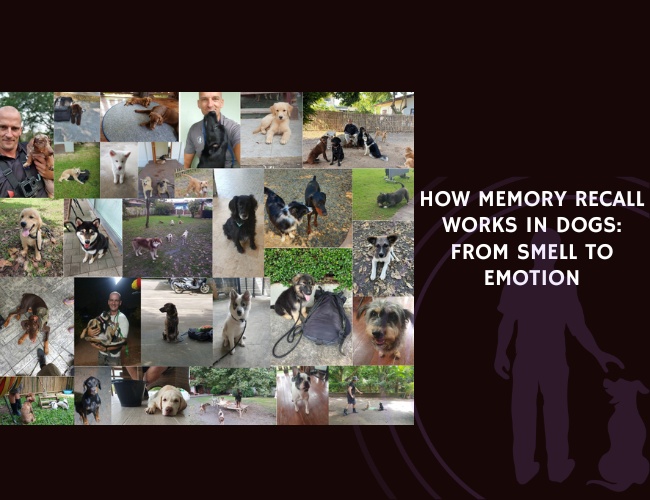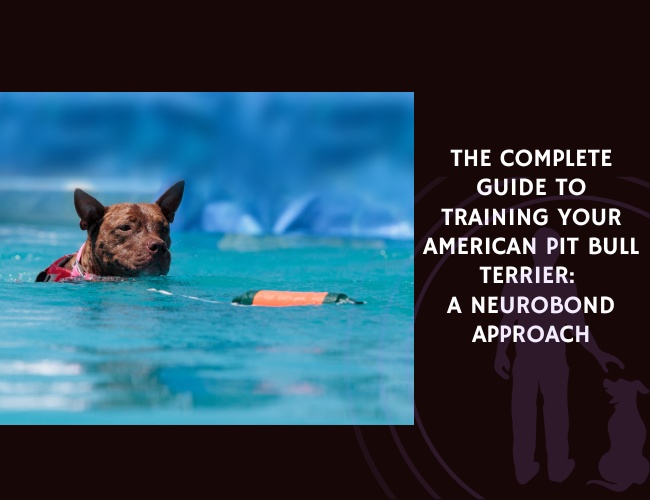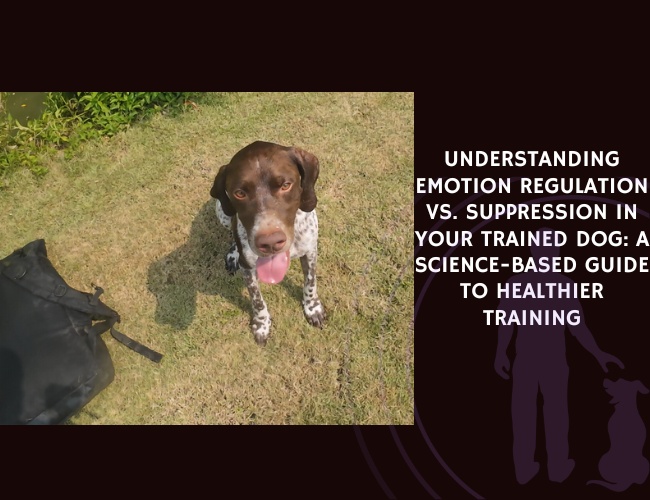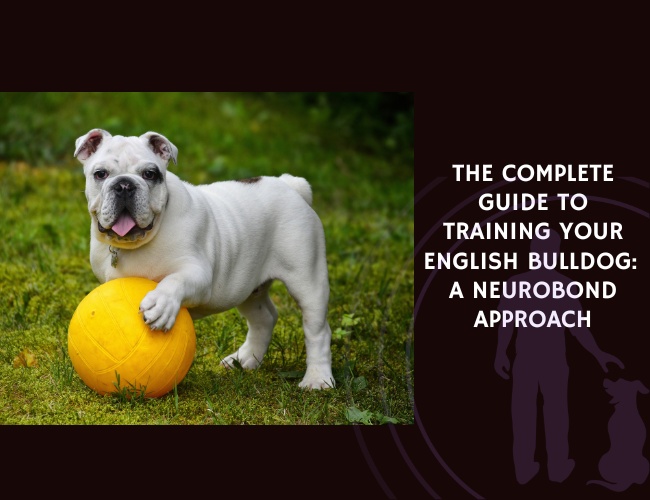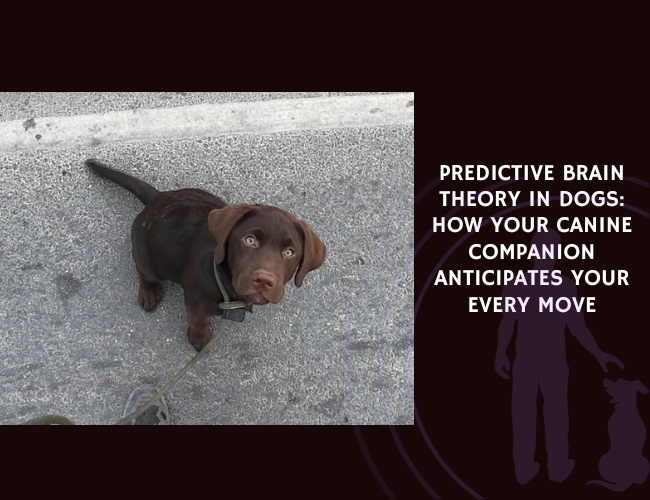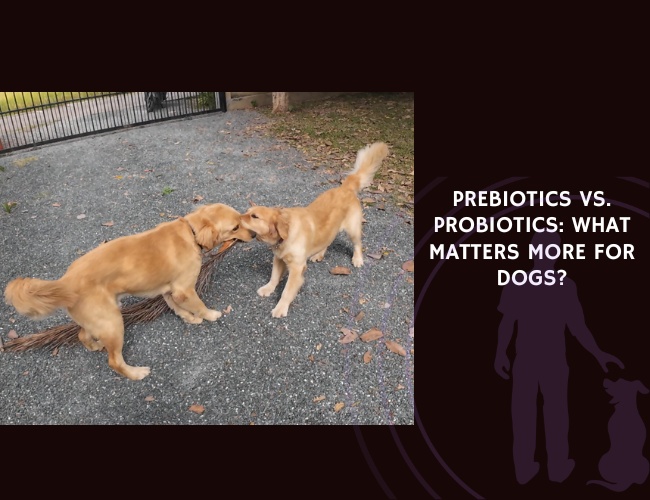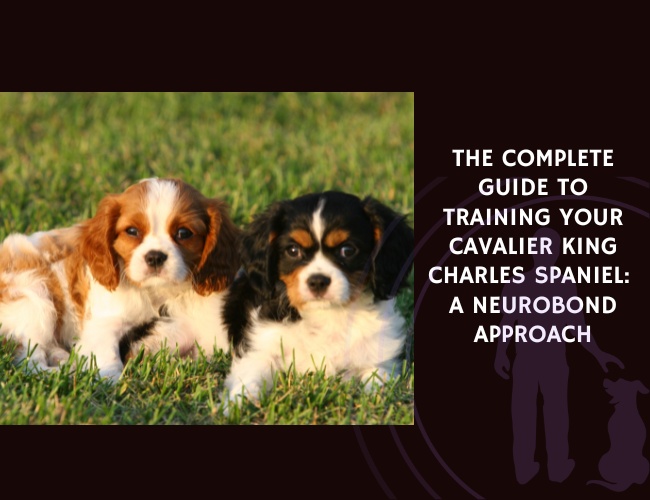Your dog’s ability to remember isn’t just about recognizing their favorite toy or responding to commands—it’s a fascinating interplay of neural pathways, emotional experiences, and sensory anchors that shape their entire world. Let us guide you through the remarkable science of how your furry friend processes, stores, and recalls memories, and why understanding this can transform your relationship with them.
From the moment your dog catches a familiar scent on the morning breeze to the way they light up when they hear your car in the driveway, memory plays a central role in their daily experience. Did you know that a single whiff of your clothing can transport your dog back to feelings of safety and love, bypassing conscious thought entirely? This is just one example of the extraordinary memory mechanisms at work in our canine companions.
Understanding Canine Memory Types
The Memory Mosaic: How Your Dog’s Mind Works
When we think about memory, we often imagine it as a single filing cabinet in the brain. But your dog’s memory is more like a beautiful mosaic, with different types working together to create their unique understanding of the world. Each piece serves a distinct purpose, from remembering where they buried that prized bone to recognizing the emotional tone in your voice.
Episodic-like Memory forms the foundation of your dog’s personal history. While your pup might not reminisce about “that Tuesday in the park” the way you do, they possess a remarkable ability to remember specific events. This includes the “what, where, and when” of experiences—like recalling exactly where they spotted that squirrel yesterday or remembering which corner of the yard yielded the best digging results last week. These memories help your dog navigate familiar environments with confidence and anticipation.
Procedural Memory is your dog’s autopilot system. Once your furry friend learns to sit, shake hands, or navigate the doggy door, these actions become embedded in their procedural memory. You might notice how your dog automatically sits before meals or instinctively knows the route of their daily walk—this is procedural memory in action, requiring no conscious effort on their part.
Associative Memory represents perhaps the most fundamental aspect of canine learning. This is where connections form between different stimuli or between actions and outcomes. The rustle of a treat bag instantly captures attention, or the sight of a leash triggers excitement—these are powerful associative memories that shape daily interactions and form the basis of most training approaches. 🐾
Memory Duration: From Moments to Years
Understanding how long your dog holds onto different types of information can help you become a more effective trainer and compassionate companion. The canine memory system operates on multiple timescales, each serving specific functions in your dog’s cognitive toolkit.
Short-term memory in dogs operates like a brief snapshot, holding information for mere seconds to minutes. You might observe this when hiding a toy—your dog can remember its location for a short while, but without reinforcement, this memory quickly fades. This limitation actually serves an adaptive purpose, preventing cognitive overload from irrelevant details.
Long-term memory stores the meaningful experiences and learned behaviors that shape your dog’s personality and responses. Those procedural memories of learned commands, the emotional associations with specific people or places, and significant life events all find their home in long-term storage. What’s remarkable is how durable these memories can be—dogs have been known to recognize owners after years of separation.
Working memory acts as your dog’s mental workspace, juggling information needed for immediate tasks. When following a scent trail or learning a complex trick with multiple steps, your dog relies on working memory to hold and manipulate information actively. While more limited than human working memory, it’s perfectly adapted to canine needs and capabilities.
The Power of Scent in Memory Formation
Your Dog’s Olfactory Superpower
If we could experience the world through your dog’s nose for just one day, we’d discover an entirely different universe. With up to 300 million olfactory receptors compared to our mere 6 million, dogs don’t just smell things—they read entire stories written in scent. This olfactory prowess isn’t merely about detection; it’s intimately connected to how memories form and persist in the canine mind.
Scent as a time machine might sound like science fiction, but for your dog, it’s daily reality. Each smell carries a unique chemical signature that can instantly transport them to past experiences. That specific perfume you wore on adoption day, the particular scent of their first home, or even the smell of that dog they played with months ago—all these olfactory memories remain vivid and accessible in ways that might surprise you.
The direct neural highway between nose and emotion makes olfactory memories particularly powerful. Unlike visual or auditory information that takes a scenic route through various brain regions, scent information travels express lanes directly to the limbic system—the brain’s emotional and memory center. This means a familiar smell doesn’t just remind your dog of something; it can make them feel as if they’re experiencing it again.
Practical implications of this scent-memory connection are profound for dog owners. You might notice your dog becoming anxious when passing a specific street corner where they once encountered something frightening, even if the visual cues have changed. Or perhaps they show unusual excitement in places where they previously found something delicious. Understanding these scent-triggered responses helps us better support our dogs through both challenging and joyful moments. 🧡
The Limbic System: Where Smell Meets Emotion
The relationship between scent and emotion in your dog’s brain is like a beautifully choreographed dance, with the limbic system as the stage. This ancient brain region, which we share with our canine companions, orchestrates the powerful connection between what they smell and how they feel.
The amygdala-olfactory partnership creates what researchers call “emotional tagging” of scents. When your dog encounters a smell during an emotionally significant moment—whether joyful or frightening—the amygdala essentially bookmarks that scent with the associated emotion. This is why the smell of the vet’s office might trigger anxiety, while the scent of a favorite human brings pure joy.
Memory consolidation through scent happens almost automatically. While you might need to consciously work to remember something, your dog’s olfactory memories form effortlessly and persistently. A single exposure to a scent during an emotional event can create a lasting memory that influences behavior for years to come.
Social bonding through smell plays a crucial role in your relationship with your dog. Your unique scent becomes deeply embedded in their memory as a source of comfort and security. This explains why leaving a worn piece of clothing can comfort an anxious dog—your scent literally activates neural pathways associated with safety and love.
Emotional Memory: The Heart of Canine Recall
How Feelings Shape Memories
When we talk about memory in dogs, we cannot separate the facts from the feelings. Every significant memory your dog forms is painted with emotional colors that determine not just what they remember, but how those memories influence their future behavior and well-being.
The amygdala-hippocampus connection forms the neurological foundation of emotional memory. These two brain structures work like a team of archivists, with the amygdala highlighting which experiences deserve special attention based on their emotional significance, while the hippocampus carefully files these memories for future reference. Highly emotional events—whether the joy of playing with a favorite toy or the fear of a thunderstorm—receive priority processing and stronger encoding.
Positive emotional memories create a framework for confidence and enthusiasm in your dog’s life. When training sessions are filled with praise, treats, and play, the associated memories become infused with pleasure. You might notice how your dog’s entire demeanor changes when you pick up training treats or move to your usual practice spot—they’re not just remembering the actions, but re-experiencing the positive emotions.
Negative emotional memories serve an important protective function but can also create lasting challenges. A single traumatic event can form memories so vivid that encountering similar circumstances months or years later triggers the same fear response. Understanding this helps explain why some dogs develop seemingly irrational fears or anxieties—they’re responding to powerful emotional memories we might not even be aware of.
The NeuroBond Framework in Action
The NeuroBond framework offers us a revolutionary lens through which to understand how emotional learning shapes your dog’s world. This isn’t just about simple conditioning—it’s about the complex web of bonds, emotions, and neural pathways that create your dog’s unique personality and responses.
Neural encoding of emotional valence means that every experience your dog has comes with an emotional “flavor” that affects how it’s stored and recalled. This emotional tagging happens automatically and influences everything from how quickly a memory forms to how readily it’s retrieved. A game of fetch on a perfect day creates memories tagged with joy, while a scary encounter at the dog park gets filed under “caution.”
Bond-mediated learning highlights how your presence and emotional state directly influence your dog’s memory formation. When you’re calm and confident during new experiences, your dog’s memories of those events are more likely to be positive. Conversely, if you’re anxious or stressed, your dog picks up on these cues and may form more negative associations. This reciprocal emotional influence makes you an active participant in shaping your dog’s memory landscape.
Sensory anchoring through multiple channels creates rich, multi-dimensional memories. While scent might be the strongest anchor, your dog’s memories also incorporate sounds, sights, and even the feeling of different surfaces under their paws. This is why returning to a beloved vacation spot might trigger such obvious joy—multiple sensory anchors simultaneously activate positive memories. 🐾
Memory Accuracy and Durability
The Staying Power of Canine Memories
One of the most common questions dog owners ask is: “How long will my dog remember this?” The answer reveals the remarkable durability of certain types of canine memory, while also highlighting the factors that influence whether a memory fades or remains vivid for years.
Memory decay patterns in dogs follow predictable but variable paths. Procedural memories—those how-to skills like sitting or staying—show remarkable resistance to decay. Once properly learned, these memories can last a lifetime with minimal reinforcement. Episodic-like memories of specific events may fade more quickly without rehearsal, but emotional intensity acts as a powerful preservative.
Retrieval cues serve as keys that unlock stored memories. You might think your dog has forgotten something, only to see instant recognition when the right cue appears. A specific whistle, a particular hand gesture, or even the way you stand can reactivate memories that seemed lost. This is why consistency in training pays such dividends—you’re creating reliable retrieval cues.
The repetition-emotion equation determines memory strength. While repetition certainly helps consolidate memories, emotional intensity can create equally durable memories from single experiences. This explains why a dog might need dozens of repetitions to master a neutral command but instantly learns to avoid something that caused pain or fear.
Factors That Strengthen Memory
Understanding what makes memories stick can transform how you interact with and train your dog. By working with their natural memory mechanisms rather than against them, you can create more effective and lasting learning experiences.
Social reinforcement amplifies memory formation in profound ways. Dogs are inherently social creatures, and memories formed during positive social interactions receive special priority in their cognitive filing system. This is why training that incorporates play, praise, and bonding tends to produce more reliable results than mechanical repetition alone.
Environmental context plays a surprising role in memory durability. Memories formed in multiple contexts or environments tend to be more flexible and durable than those learned in a single setting. This is why practicing commands in various locations helps your dog truly master them rather than simply associating them with your living room.
Emotional arousal optimization requires finding the sweet spot between boredom and overwhelming excitement. Moderate emotional arousal enhances memory formation, while extreme states (either too calm or too excited) can impair it. This is why the best training sessions happen when your dog is engaged but not overstimulated. 🧡
Scented. Stored. Sentient.
Those wild puppy sprints have a purpose.
Zoomies—technically called FRAPs—aren’t random chaos. They help puppies release energy, build coordination, and regulate emotions.
It’s play, but it’s primal.
From brain development to stress relief, these bursts are rooted in biology. Even your living room becomes a training ground for growth.

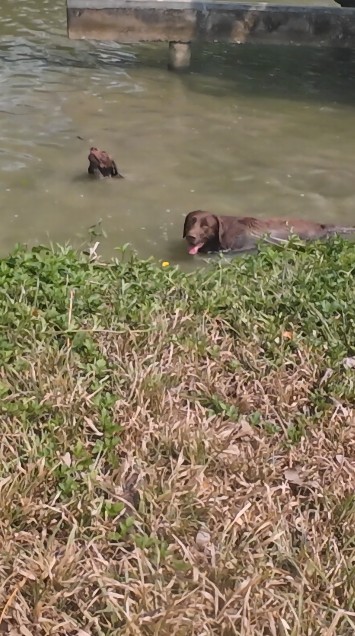
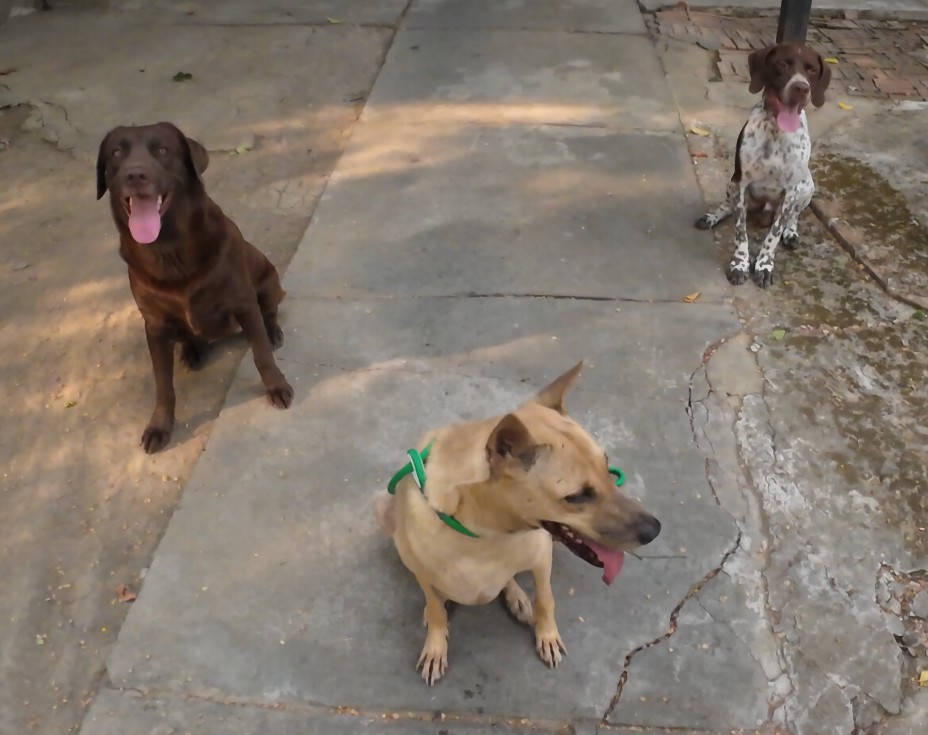
This guide breaks it down.
Learn what zoomies mean, when they’re normal, and how to support your pup—safely, calmly, and with expert-backed strategies.
Memory’s Role in Behavior and Decision-Making
From Recall to Response
Every decision your dog makes, from choosing where to sniff on a walk to how they greet a stranger, is influenced by their accumulated memories. Understanding this connection helps us appreciate why dogs behave the way they do and how we can positively influence their choices.
Predictive processing allows your dog to use past memories to anticipate future events. When they hear your car approaching, memories of your previous arrivals activate predictions about what comes next—greetings, potential walks, or dinner time. This predictive ability, rooted in memory, helps dogs navigate their world efficiently and prepare appropriate responses.
Memory-driven preferences shape your dog’s likes and dislikes in ways that might seem mysterious without understanding their memory system. That inexplicable dislike of men in hats or preference for certain types of dogs often traces back to formative memories we might not even be aware of. Recognizing these memory-based preferences helps us work with them compassionately.
Behavioral flexibility emerges from a rich memory bank. Dogs with diverse positive experiences develop more adaptable behavioral repertoires because they have more memory templates to draw from. This is why early socialization is so crucial—it’s essentially stocking your dog’s memory bank with positive references for future encounters.
Environmental Triggers and Behavioral Responses
The environment constantly cues memories that influence your dog’s behavior, creating a dynamic interplay between past experience and present action. Recognizing these environmental memory triggers helps us better understand and support our canine companions.
Location-specific memories can produce dramatically different behaviors in different places. Your dog might be perfectly calm at home but anxious at the park, or vice versa. These location-based behavioral differences reflect the different memories associated with each environment and demonstrate how powerfully place can influence recall and behavior.
Seasonal memory patterns might surprise you with their accuracy. Many dogs remember seasonal routines or events from year to year—showing excitement as camping season approaches or anxiety as firework holidays near. These long-term environmental memories showcase the impressive temporal aspect of canine memory.
Social environment memories profoundly influence how your dog interacts with others. Past experiences with specific types of people, dogs, or other animals create memory templates that guide future social decisions. A dog who had positive early experiences with children will likely approach kids differently than one who lacked such exposure or had negative encounters.
Trauma, Memory, and Healing
When Memories Hurt: Understanding Trauma Responses
Not all memories serve our dogs well. Traumatic experiences can create memory patterns that cause ongoing distress and behavioral challenges. Understanding how traumatic memories work is the first step toward helping affected dogs heal and build new, positive associations.
Trauma memory characteristics differ from regular memories in important ways. They tend to be more fragmented, more intensely emotional, and more easily triggered by partial cues. A dog who experienced trauma might react strongly to seemingly innocent stimuli that somehow connect to the traumatic memory—a certain sound, smell, or even lighting condition.
Physiological markers of trauma recall help us recognize when a dog is experiencing a traumatic memory. Beyond obvious signs like cowering or aggression, watch for dilated pupils, excessive panting, trembling, or “checking out” behaviors where the dog seems to mentally leave the situation. These signs indicate the memory is not just being remembered but re-experienced.
The generalization problem occurs when traumatic memories expand beyond their original context. A dog attacked by a white dog might develop fear of all white dogs, or even all dogs. This protective generalization served an evolutionary purpose but can severely limit a dog’s quality of life in our modern world. Understanding this helps us approach rehabilitation with patience and strategy.
Pathways to Healing
While traumatic memories can be persistent, the remarkable plasticity of the canine brain offers hope for healing. With understanding, patience, and the right approaches, it’s possible to help dogs build new, positive associations that don’t erase traumatic memories but can overshadow them.
Counter-conditioning memories involves creating new, positive associations with previously triggering stimuli. This isn’t about making the dog forget the trauma but about building competing positive memories that can eventually become stronger than the negative ones. Success requires starting at a low intensity where the dog notices the trigger but isn’t overwhelmed.
The role of safety in memory modification cannot be overstated. New positive memories can only form when the dog feels fundamentally safe. This is where the human-animal bond becomes therapeutic—your presence as a trusted companion can literally change how your dog’s brain processes and stores new experiences related to old traumas.
Patience in the healing timeline reflects the reality that traumatic memories formed quickly can take considerable time to modify. Each small positive experience adds a new thread to the tapestry of memory, gradually creating a new pattern. Celebrating small victories—a slightly wagging tail where there was once only fear—honors the courage it takes for a dog to build new memories despite old pain. 🧡
Optimizing Learning Through Memory Understanding
Training That Sticks: Memory-Based Approaches
Armed with knowledge about how your dog’s memory works, you can revolutionize your training approach. By aligning your methods with natural memory processes, training becomes less about repetition and more about creating meaningful, memorable experiences.
Emotional state management during training directly impacts memory formation. Starting training sessions when your dog is in a positive but calm emotional state optimizes their ability to form clear, accessible memories. This might mean playing briefly before training to elevate mood, then allowing a moment to settle before beginning formal work.
Multi-sensory learning creates more robust memories than single-channel approaches. Instead of relying solely on verbal commands, incorporate hand signals, specific locations, or even scents to create rich memory engrams. Dogs trained with multiple sensory cues show better retention and can respond even when one cue type is unavailable.
The power of narrative in training might seem anthropomorphic, but creating predictable sequences helps dogs form stronger procedural memories. Rather than random command practice, building behavior chains (like a trick routine) helps dogs understand the flow and purpose of their actions, making memories more meaningful and durable.
Building on Success: The Compound Effect
Understanding memory allows us to leverage what learning theorists call the “compound effect”—where each positive learning experience makes the next one easier and more effective. This creates an upward spiral of capability and confidence.
Success memory banking involves deliberately creating and celebrating small wins. Each successful repetition doesn’t just reinforce the specific behavior—it contributes to your dog’s overall sense of capability. Dogs with rich banks of success memories approach new challenges with more confidence and resilience.
Generalization through variety requires thoughtfully expanding the contexts in which your dog practices skills. But this expansion should build on established success memories. Start where your dog is most confident, then gradually introduce new elements. This way, the core memory remains positive even as it becomes more flexible.
The relationship between play and memory reveals why incorporating games into training is so effective. Play naturally creates positive emotional states that enhance memory formation. Moreover, behaviors learned during play often show superior retention compared to those learned through more formal methods. When training feels like play, memories become both stronger and more positive.
Senior Dogs and Memory Changes
The Aging Canine Mind
As our beloved companions age, their memory systems undergo changes that can affect behavior and quality of life. Understanding these changes helps us provide appropriate support and maintain strong bonds throughout our dogs’ golden years.
Normal age-related changes in memory typically begin subtly. You might notice your senior dog occasionally forgetting familiar routes or taking longer to respond to cues they’ve known for years. These changes reflect natural alterations in brain structure and neurotransmitter systems, not necessarily pathology.
Canine Cognitive Dysfunction (CCD) represents a more significant memory challenge, similar to dementia in humans. Dogs with CCD might forget house training, fail to recognize familiar people, or become disoriented in known environments. Recognizing these signs early allows for interventions that can slow progression and maintain quality of life.
Supporting memory in senior dogs involves both mental stimulation and environmental management. Maintaining consistent routines provides external memory support, while gentle training sessions and enrichment activities help preserve cognitive function. The emotional memories of your bond often remain strongest, providing comfort even when other memories fade.
Adaptations for Memory Support
Helping senior dogs navigate memory changes requires creativity and compassion. By understanding how memory changes affect daily life, we can make adaptations that support independence and confidence.
Environmental memory aids can significantly improve a senior dog’s quality of life. Keeping furniture in consistent positions, using night lights to help with navigation, and maintaining predictable routines all provide external scaffolding for potentially failing internal memory systems.
Sensory support for memory becomes increasingly important as dogs age. Since scent memories often remain robust longer than other types, using familiar scents to mark important locations or comfort anxious dogs can be particularly effective. Similarly, maintaining consistent auditory cues helps when visual memory begins to fade.
The importance of patience and celebration cannot be overstated when working with senior dogs experiencing memory changes. Each remembered command or successful navigation deserves recognition. Your emotional support helps maintain their confidence even as their cognitive abilities change. Remember, the emotional bond you’ve built over years creates the most durable memories of all. 🐾
Conclusion: Building a Memory-Informed Relationship
Understanding how memory works in dogs transforms our relationship with them from simple coexistence to deep, informed partnership. Every interaction becomes an opportunity to create positive memories that will guide future behavior and strengthen your bond.
Your dog’s memory system, from the powerful influence of scent to the deep connection between emotion and recall, is perfectly designed for their needs. By working with these natural processes rather than against them, we can help our dogs build rich, positive memory banks that support confident, happy lives.
Whether you’re training a new puppy, helping a rescue dog overcome past trauma, or supporting a senior dog through cognitive changes, memory understanding provides the foundation for compassionate, effective approaches. Each positive experience you create together becomes part of the beautiful mosaic of memories that defines your unique relationship.
The journey of understanding your dog’s memory is really a journey of understanding your dog as a complete, complex individual. Their memories make them who they are—and your role in shaping those memories is both a privilege and a responsibility. Here’s to creating memories worth cherishing, for both you and your faithful companion. 🧡
Next time you see your dog’s tail wag at a familiar scent or watch them navigate a well-known path with confidence, take a moment to appreciate the remarkable memory system at work. In understanding how they remember, we better understand how they love, learn, and experience their world alongside us.

